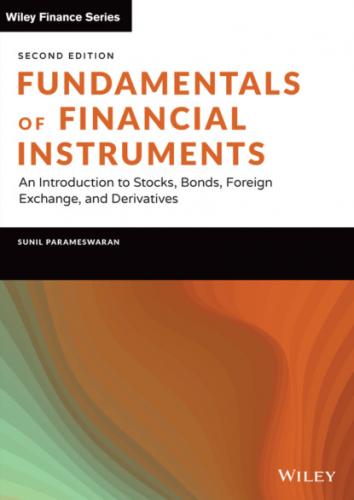EXAMPLE 2.3
Alex Gunning deposited $25,000 with International Bank for four years and nine months and wants to withdraw the balance at maturity. The bank pays 8% interest per annum on a simple interest basis. The terminal value in this case is given by:
Notice that N, in this case 4.75 years, need not be an integer.
Compound Interest
Let us take the case of an investment of $P that has been made for N measurement periods. However, we will assume this time that interest is compounded at the end of every year. Notice, we are assuming that the interest conversion period is equal to the measurement period, namely a year. In other words, the quoted rate is equal to the effective rate.
In this case, an original investment of $P will become $P(1 + r) dollars after one period. The difference as compared to the earlier case, however, is that during the second period the entire amount will earn interest and consequently the balance at the end of two periods will be P(1 + r)2. Extending the logic the balance after N periods will be P(1 + r)N. Once again you should note that N need not be an integer.
Thus, the following observations are valid if interest is paid on a compound interest basis.
Every time interest is earned it is automatically reinvested at the same rate for the next conversion period.
Interest is paid on the accumulated value at the start of the conversion period and not on the original principal.
The interest earned every period will not be a constant but will steadily increase.
EXAMPLE 2.4
Assume that Katherine Mitchell has deposited $25,000 with Continental Bank for four years, and that the bank pays 8% interest per annum compounded annually.
The initial investment of $25,000 will become
after one year. The difference in this case, as opposed to the earlier example (2.2) where simple interest was considered, is that the entire accumulated value of $27,000 will earn interest during the second year. Thus, the accumulated value after two years will be
By the same logic the balance after four years will be
The growth pattern is illustrated in the following table.
Notice the following. In the case of simple interest, the interest paid every year was a constant amount of $2,000. In the case of compound interest, however, the amount is steadily increasing, as can be seen in the last column of Table 2.1.
TABLE 2.1 The Compounding Process
| Year | Balance at Beginning of Year | Balance at End of Year | Interest for Year |
|---|---|---|---|
| 1 | 25,000.00 | 27,000.00 | 2,000.00 |
| 2 | 27,000.00 | 29,160.00 | 2,160.00 |
| 3 | 29,160.00 | 31,492.80 | 2,332.80 |
| 4 | 31492.80 | 34,012.22 | 2,519.42 |
EXAMPLE 2.5
Alex Gunning deposited $25,000 with International Bank for four years and nine months. The bank has been paying interest at the rate of 8% per annum on a compound interest basis. Let us calculate the terminal balance.
In the earlier case, when we assumed simple interest, we got a value of $34,500.
As can be seen from the examples, compounding yields substantially greater benefits than simple interest. And since the rate of interest is taken to the power of N, the larger the value of N, the greater will be the impact of compounding. In other words, the earlier one starts investing, the greater will be the returns.
EXAMPLE 2.6
Jesus was born approximately 2,000 years ago. Assume that an investment of $1 was made in that year in a bank that has been paying 1% interest per annum since then, compounded annually. What will be the accumulated balance in the year 2000?
PROPERTIES
If N = 1, that is, an investment is made for one period, both the simple and compound interest techniques will give the same accumulated value.In the case of Katherine, the value of her initial investment of $25,000 at the end of the first year was $27,000, irrespective of whether simple or compound interest was used.
If N < 1, that is, the investment is made for less than a period, the accumulated value using simple interest will be higher. That isFor instance, assume that Katherine deposits $25,000 for nine months at a rate of 8% per annum compounded annually. If interest is calculated on a simple interest basis, she will receiveOn the other hand, compound interest would yield
If N > 1, that is, the investment is made for more than a period, the accumulated value using compound interest will always be greater. That isAs can be seen, if Katherine were to invest for four years, simple interest will yield $33,000 at the end, whereas compound interest will yield $34,012.2240.
Note 1: The word period used here to demonstrate the properties of simple and compound interest should be interpreted as the interest conversion period. In our illustrations, the interest was compounded once per year, so there was no difference between the measurement period and the conversion period; however, take the case where interest is paid at 8% per annum
